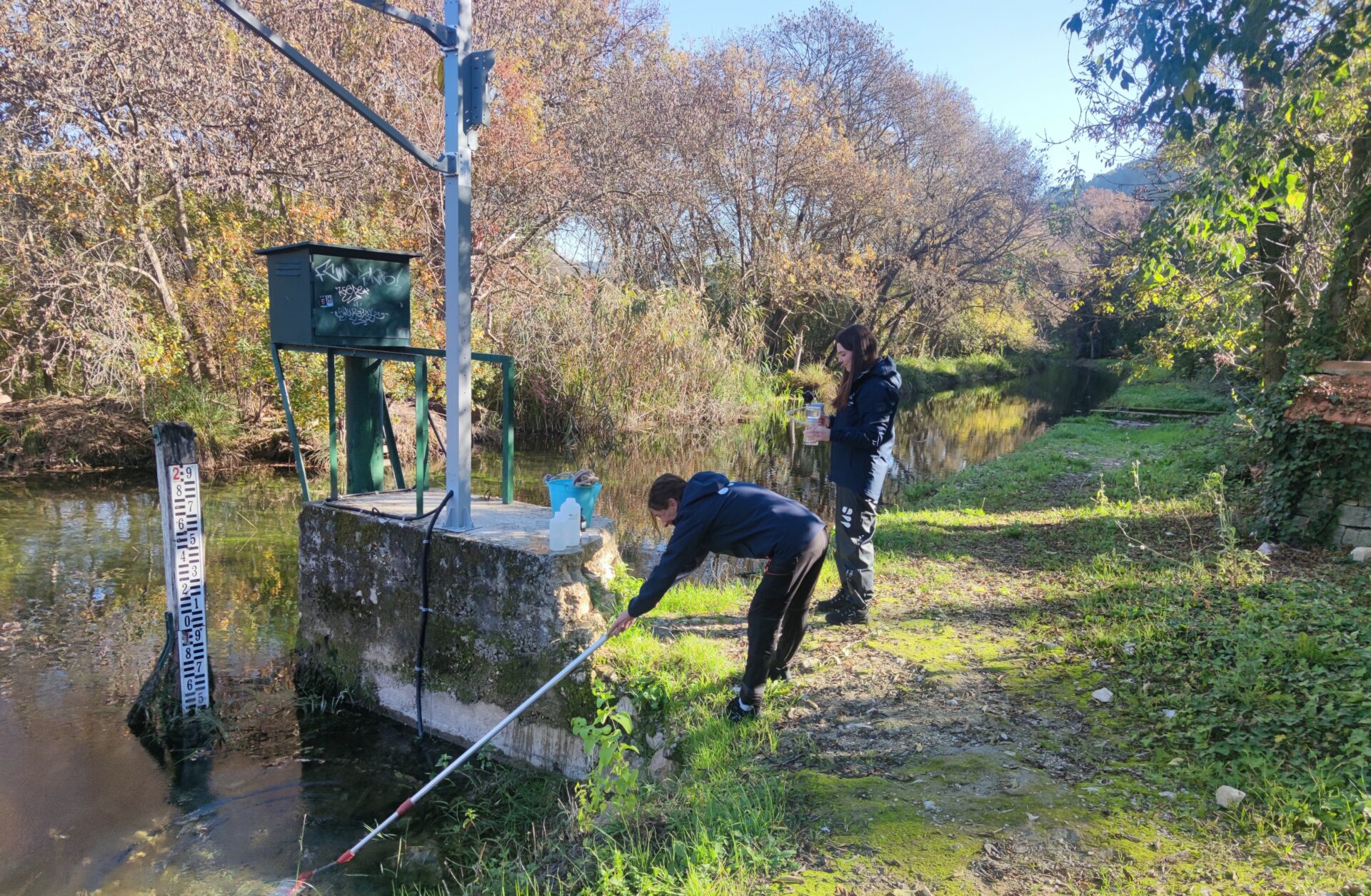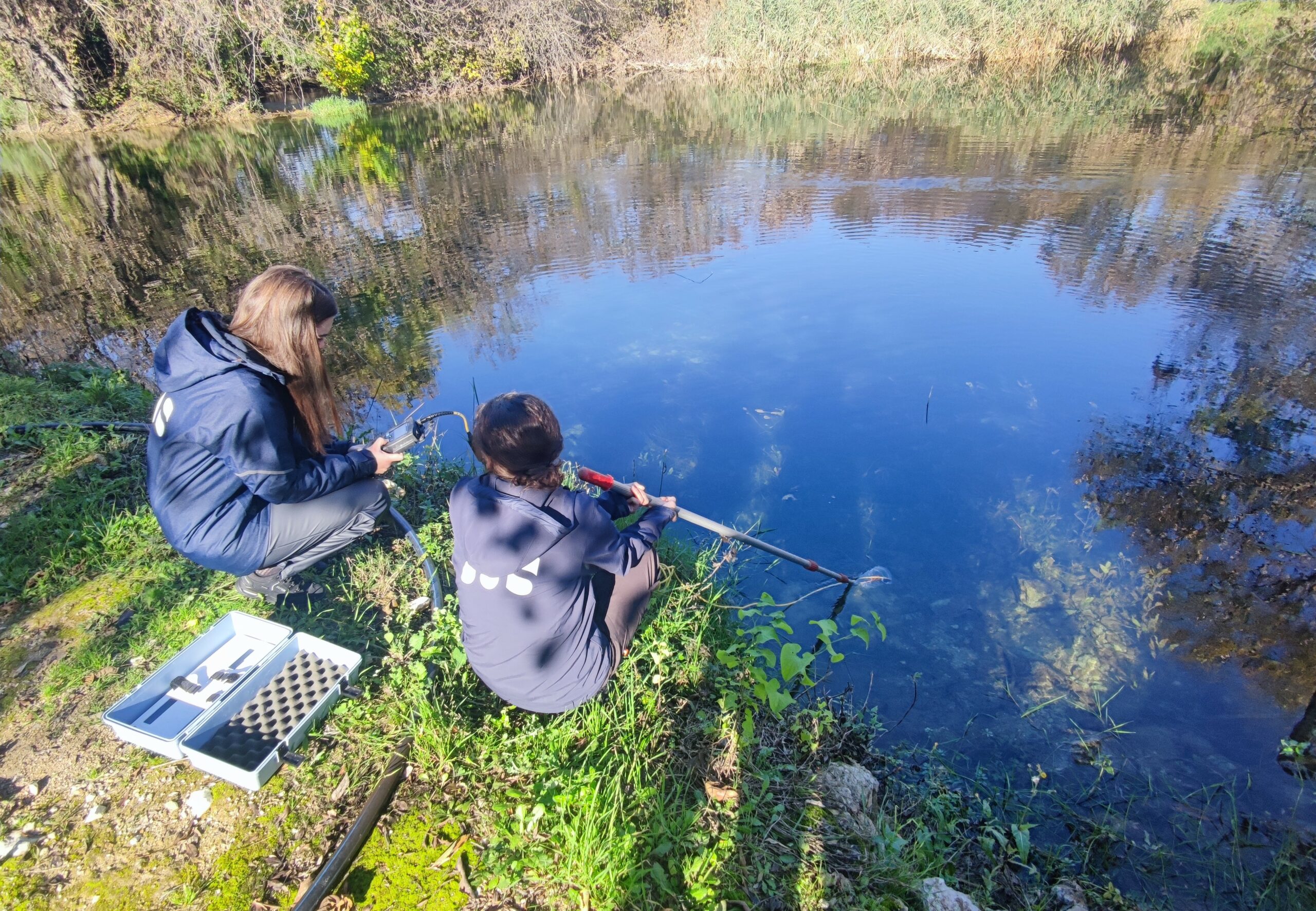Institute strengthens competence, knowledge and quality


The Main Water Laboratory of the Institute (GLV) is responsible for testing and monitoring the quality of surface water, groundwater and wastewater. In view of the recent changes in the European legal framework and those that will soon follow in relation to water monitoring, the Institute is expected to expand the scope of water quality monitoring and make progress in the quality and reliability of analyses and the interpretation of the results obtained.
To successfully meet these challenges, the Institute has set up a quality management system that meets the requirements of the HRN EN ISO/IEC 17025:2017 standard – General requirements for the competence of testing and calibration laboratories.
The national accreditation body – the Croatian Accreditation Agency (HAA) – completes the assessment process, which includes two parts: the assessment of all quality control documentation and analytical methods submitted for accreditation, as well as the assessment of systems and methods in the laboratory and in the field.
The method assessors reviewed the standard operating procedures (SOP) and assessed whether the analytical tests are performed in accordance with the prescribed standards, and then reviewed the validation protocols and validation reports for the methods. They examined, among other things, the competence of staff, the suitability of equipment and chemicals, facilities and procedures, carried out inter-laboratory comparisons, internal independent assessments, the resolution of non-conformities and other activities relevant to the quality control of results.
A quality management system surveillance was also conducted, which evaluated the quality system documents, including the quality manual, quality control plans, management system procedures, work instructions, forms, records and their use, records of personnel competence and training, procurement records and traceability, legal documents and other internal and external documents relevant to the quality management system.
As part of the method assessment, a field assessment of the sampling procedure was carried out in Zagreb and Šibenik.
In terms of the number of methods and indicators accredited in GLV, the result of this process will be a significant increase in both. Specifically, the supervision included 23 methods for 426 indicators in the laboratory in Zagreb and 12 methods for 15 indicators in the office in Šibenik.
In this way, the Institute is embarking on additional training to meet the challenges of more comprehensive monitoring of an increasing number of indicators in the aquatic environment.


